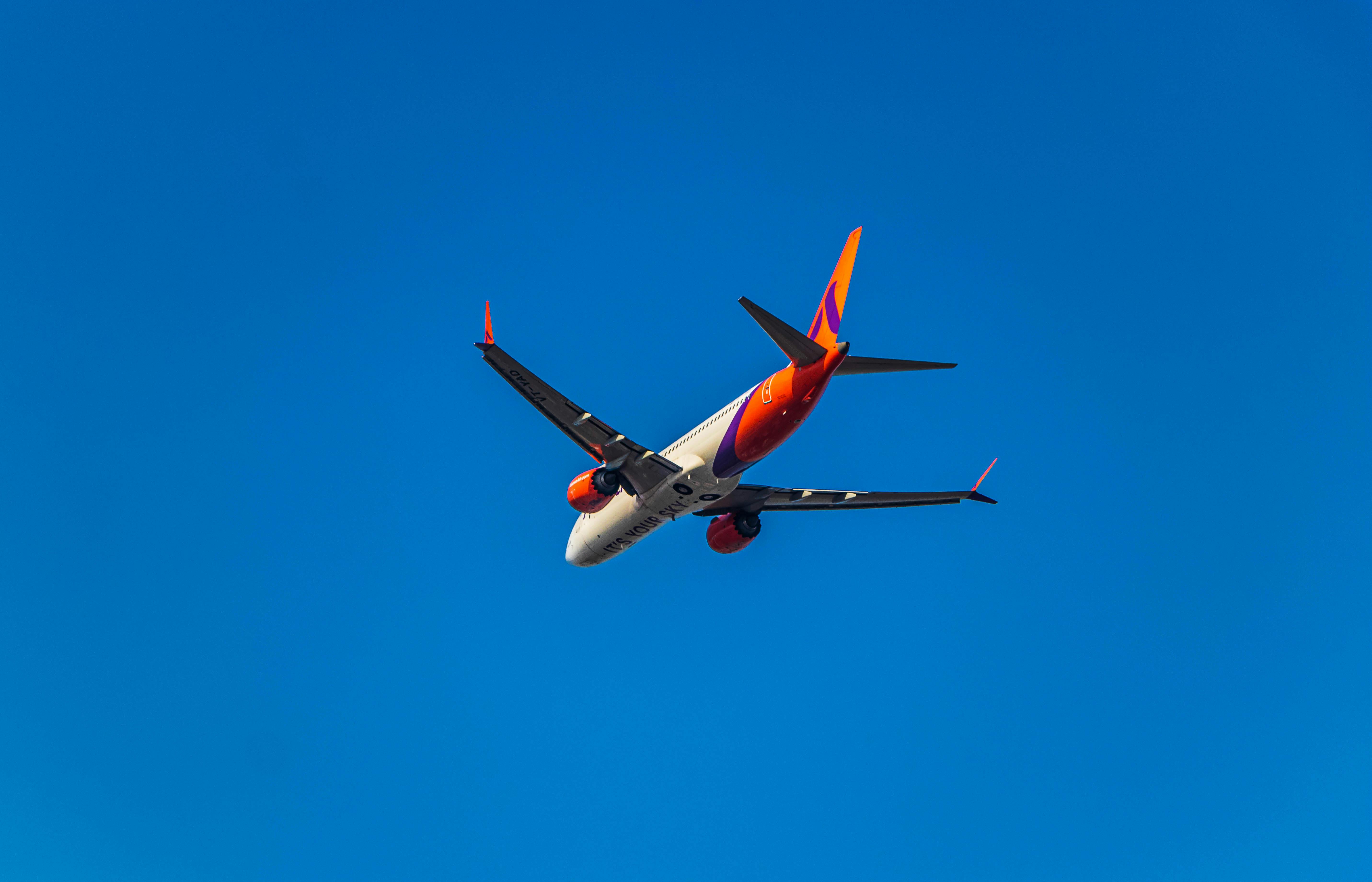On June 12, 2025, at 13:39 local time, Air India Flight AI 171 crashed near Ahmedabad, India, killing all but one of the 242 passengers aboard. Despite extensive investigations, including recovery of flight recorders and review of data from Enhanced Airborne Flight Recorders (EAFRs), the true causes remain unclear, raising doubts about aviation safety practices. The crash came just months after similar incidents involving Air India Express flights, highlighting systemic vulnerabilities within the Indian aviation system. This tragedy underscores the urgent need for comprehensive reforms aimed at strengthening oversight and ensuring passenger safety in the face of complex geopolitical challenges.
Significance Paragraph
The catastrophic crash of Air India Flight AI 171 in Ahmedabad, India, on June 12, 2025, remains a haunting reminder of the critical flaws within India's aviation infrastructure. This incident underscores the pervasive risks inherent in modern commercial aviation, particularly given the reliance on complex technology such as the Boeing 787 Dreamliner.
The tragedy occurred just three days prior to the widely anticipated launch of the India Boomerang, a joint venture between Tata Sons and Boeing aimed at revitalizing the nation's aerospace capabilities. However, the crash serves as a stark warning about the potential vulnerabilities in the system, highlighting the urgent need for stringent oversight and proactive measures to ensure the safety of travelers and crews alike.
This event coincides with a broader trend of increasing scrutiny surrounding global aviation safety standards. Notably, incidents involving recurrent aircraft defects at major Indian airports, including Delhi and Mumbai, underscored the necessity for continuous improvement and compliance with international safety regulations. Moreover, the subsequent delays and investigations into previous crashes, such as the Air India Express 812 incident in 2010, indicate a systemic breakdown in aviation oversight and enforcement.
The recovery of flight recorders—specifically the Enhanced Airborne Flight Recorder (EAFR)—from the crash site marks a significant milestone in the investigative process. While the actual findings remain confidential pending comprehensive analysis, the timeline suggests a coordinated effort by the Indian government to expedite the dissemination of crucial information to the aviation community and the public.
These developments highlight the evolving nature of aviation safety, emphasizing the importance of robust regulatory frameworks and diligent adherence to best practices. As the investigation unfolds, stakeholders must prioritize transparency and accountability, ensuring that lessons learned from past tragedies lead to lasting improvements in aviation safety. Only through rigorous scrutiny and swift implementation of corrective actions can India hope to regain the trust of its citizens and maintain its status as a leader in the global aviation industry.
Contextualizing Geopolitical Relationships
The tragic crash of Air India Flight AI-171 in Ahmedabad on June 12 has underscored deep-rooted geopolitical tensions within India itself. The incident occurred amidst growing skepticism regarding the effectiveness of internal aviation safety measures, particularly those surrounding aircraft maintenance and operational procedures. Reports suggest that despite having a clean history, Air India has faced numerous instances of improper use of runway markings and inadequate touchdown areas.
These revelations highlight the complex interplay between domestic politics and international aviation regulations. The crash has cast doubt on India’s ability to effectively oversee its vast aviation infrastructure, including critical facilities like airports and air traffic control centers. The involvement of the United States National Transportation Safety Board (NTSB) in analyzing the black boxes underscores the global nature of modern aviation safety investigations, underscoring the interconnectedness of countries and their shared responsibility for ensuring the safety of commercial flights.
Moreover, the incident serves as a stark reminder of the challenges faced by smaller regional airlines in maintaining compliance with stringent international standards. As the crisis unfolds, the role of multinational corporations like Boeing and Tatas in supporting the affected airline becomes increasingly apparent, highlighting the intricate web of business interests influencing aviation safety outcomes.
Geographic Relevance
The location of the crash in Ahmedabad, India, has significant geopolitical implications. The city plays a crucial role in India’s economic growth and development, making it a focal point for national pride and aspirations. The proximity of the crash to a major educational institution, Bhavnagar Jnanpith Memorial Hospital (BJMH), adds a layer of emotional significance to the tragedy, raising questions about the impact on public morale and healthcare resources.
Geographically, the incident underscores the importance of robust airport infrastructure and effective coordination between different departments responsible for aviation safety. The diverse locations of the accidents—such as Delhi, Mumbai, Bangalore, and others—highlight the complexities of managing multiple aviation hubs, each with unique operational requirements and potential risks.
Historical Context
Historically, Air India has faced recurrent challenges related to aircraft maintenance and operational procedures. The company's mishandling of runway markings and inappropriate emergency landing decisions have been documented extensively, reflecting broader systemic issues within the airline. For instance, the infamous case of Air India Express 812 in May 2010, where the plane overshot the runway, resulted in a fatal crash. Similar incidents involving Air India B-787-800 in February 2014 and Air India 263 in October 20
As the search continues for answers regarding the tragic Air India flight crash that occurred just over a decade ago, aviation officials and regulators remain committed to identifying the root causes of the incident. Recent developments indicate that investigators have made significant progress in analyzing the flight data and cockpit recordings, although the timeline for sharing detailed findings remains uncertain.
One key development is the recovery of critical components from the wreckage. Specifically, investigators have successfully retrieved and analyzed data from both the flight data recorder (FDR) and cockpit voice recorder (CVR) aboard the Boeing 787-8 Dreamliner that crashed near Ahmedabad in June 2025. This comprehensive examination promises to shed light on the sequence of events leading up to the disaster, including potential malfunctions in the aircraft's navigation and communication systems.
Another notable aspect of the investigation involves the ongoing review of Air India's compliance with safety regulations. Authorities are examining numerous instances of non-compliance and substandard maintenance practices at India's largest airports, particularly those in Delhi and Mumbai. These findings suggest systemic weaknesses in the aviation infrastructure, prompting stricter oversight measures to ensure similar incidents do not occur in the future.
The international community is closely watching the situation unfold. For instance, the United States National Transportation Safety Board (NTSB) has expressed support for India's efforts to bring the crash to justice. Chairwoman Jennifer Homendy emphasized the importance of transparency and quick dissemination of crucial information to help prevent similar tragedies. Her sentiments align with those of other global regulators who believe rapid disclosure of findings will bolster public trust and accelerate the resolution process.
As the days pass without definitive answers, speculation abounds. Some observers speculate that the Boeing 787-8 Dreamliner might be a prime suspect given its advanced technology and vulnerabilities. Others argue that human error played a pivotal role, highlighting the critical need for improved crew training and onboard fail-safes. Regardless of the ultimate conclusions, the crash serves as a stark reminder of the complex interplay between technological advancements and human judgment in modern aviation.
In the coming months, expect continued pressure on Air India and Boeing to demonstrate concrete steps toward addressing the underlying issues highlighted by the crash investigation. Public scrutiny is likely to intensify, potentially driving changes in safety protocols and operational practices. As the saga unfolds, it underscores the ongoing challenges faced by the aviation industry worldwide and the relentless pursuit of ensuring passenger safety through rigorous regulatory enforcement and technological innovation.










